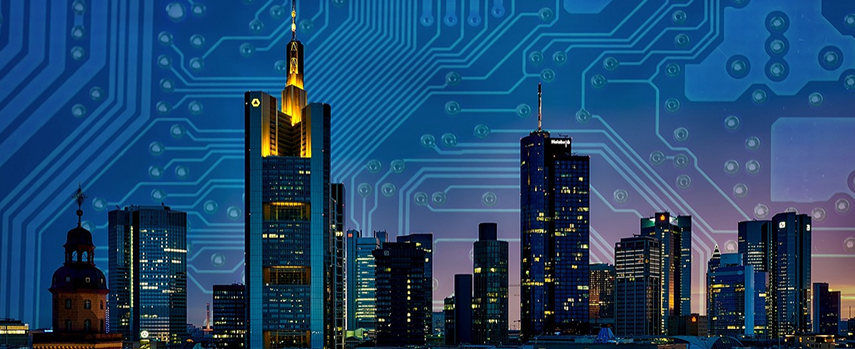NEOM: Saudi Arabia’s revolutionary smart city

With untold riches and lofty ambitions, Saudi Arabia’s NEOM looks to venture into developing a smart city from the ground up with innovative technology in mind.
In 2017, at the Future Investment Initiative, Saudi Crown Prince Mohammed bin Salman announced to the world his plans for NEOM, an innovative smart mega-city.
Born from the ‘Saudi Vision 2030’, a plan to reduce the state’s dependence on oil, NEOM is set to become one of the world’s first smart cities.

Their aim is to be an economic, scientific and technological capital, attracting the world’s greatest pioneers, thinkers and doers, to push the boundaries of innovation.
The proposed $500 billion mega-city will be a special economic zone. Much like those found elsewhere in the world, most notably in China and India, it will have its own laws, taxes and regulations. It will be 33 times the size of New York City, or just smaller than Massachusetts, covering 25,000 square kilometres. The smart mega-city plans to operate exclusively on renewable energy by covering vast areas of land in solar panels and wind turbines. Its founders will also harness cutting edge desalinisation technology to extract drinkable water from the Red Sea.
Situated in the north-west of the country, NEOM loosely connects Africa, Asia and Europe. 70% of the worlds’ population will be able to reach it in under eight hours, which will make it a global hub.
It recently announced the first flight from its new Neom Bay Airport, allowing development to get underway. They claim the first phase will be completed by 2020.

How will NEOM become a smart city?
NEOM’s founders claim that the city will be so advanced that robots will outnumber humans. This could mean anything from automated factory workers to autonomous window cleaners, and flying taxis to rapid-response security drones.
One look at their advisory board will tell you that they’re no stranger to tech. Prince Alwaleed bin Talal is a consultant to NEOM. The Saudi billionaire owns stakes in Snapchat, Twitter and Apple. The country is also backing Lucid, by investing $1 billion in Tesla’s rival autonomous carmaker, and their ties to Uber are stronger than ever: they have previously invested billions in the ride-sharing company.
This all hints at a fully automated city of self-driving cars and passenger drones, given the accumulated resources and innovation of those organisations.
There is a heavy focus on the use of drones. At the recent Drone Tech Conference in London, industry leaders spoke about a near future in which drones are vital to many sectors, including transport, healthcare and retail.
How will drones factor into NEOM?
When we think of drones, we often consider them as one entity, but the spectrum is wide and varied. There are hobbyists of course, but UAVs are currently deployed in many ways.
Surveying and inspection have really kick-started the use of drones in businesses. Drones are able to navigate treacherous places, making them ideal for inspection where otherwise a human might have to risk injury.
One of the biggest trends in industry is resident UAVs. These drones are situated in hard to reach and remote places like off-shore platforms. They can function both autonomously and remotely, either carrying out repetitive tasks with autonomy or controlled from afar.
BP and Total have committed to unmanned platforms by 2030. We will see NEOM develop with autonomous infrastructure in mind, both on- and off-shore. Rather than substituting human workers after establishing infrastructure, NEOM will look to introduce these worker UAVs during development.
For businesses, drone technology can eliminate the cost of workers by deploying fleets of drones doing many jobs, but controlled by a single operator. They can also improve efficiency by capturing and using data proficiently. We are now seeing the beginning of drones as a service (DaaS), with business growth experts keen to recommend them to organisations with similar needs.
NEOM could benefit from this, and will likely utilise drones for industry and also in public service. Delivering medical supplies and transporting people might be two use cases we see implemented in NEOM. Their partnership with Uber hints at that prospect as they have recently started testing flying taxis.
Building a smart city from the ground up has untold benefits. Unlike cities like London, Los Angeles or Melbourne, NEOM can create a smart city with foresight in mind by developing the infrastructure and safe airspaces as they go.
City-planners will integrate geofencing and virtual corridors, so certain types of UAVs will have safer transport routes and control centres and landing pads can be factored in from the get-go.
NEOM’s vision is exciting and holds much promise for the future of tech innovation, not just with regards to drones. We will see a nascent smart city grow with tech at the forefront of their plans and ambitions, adapting to innovation and leading the charge themselves.
